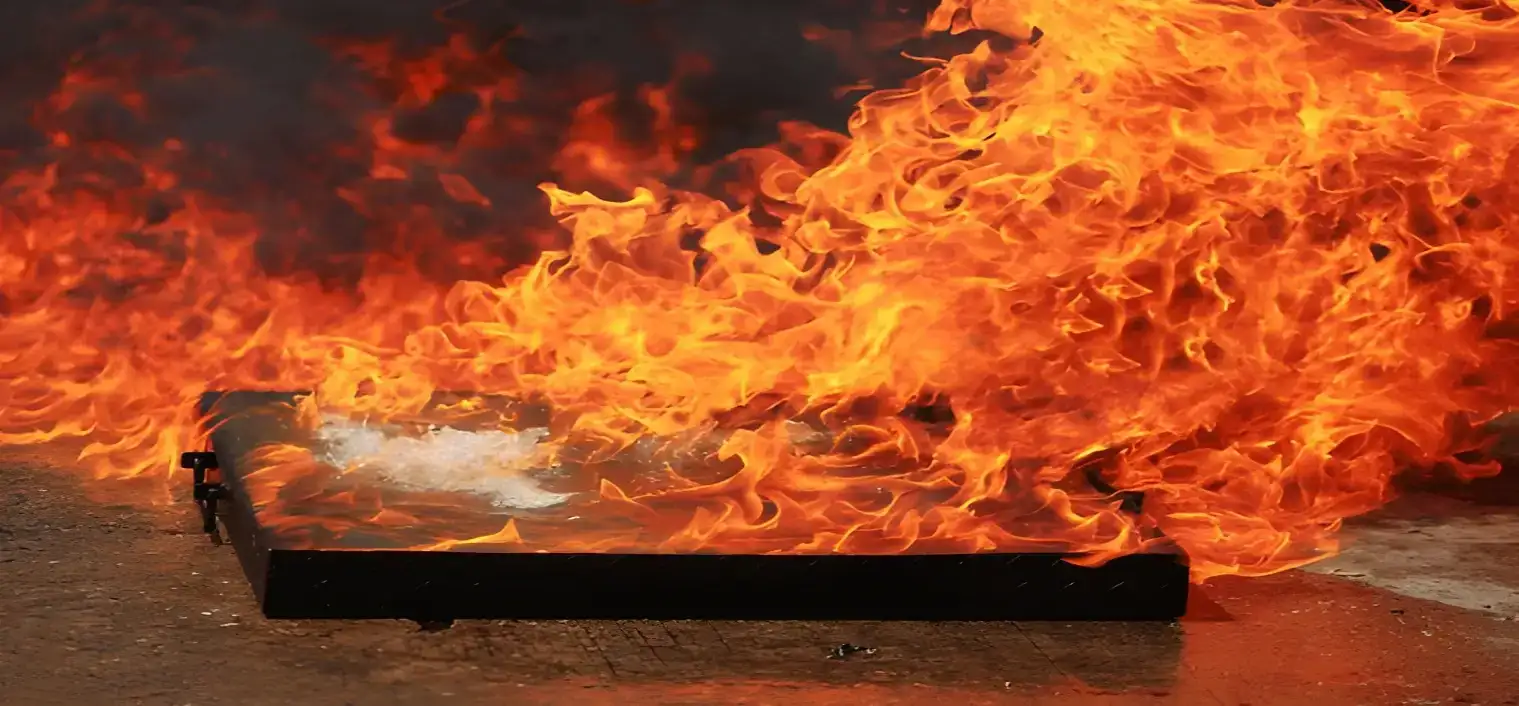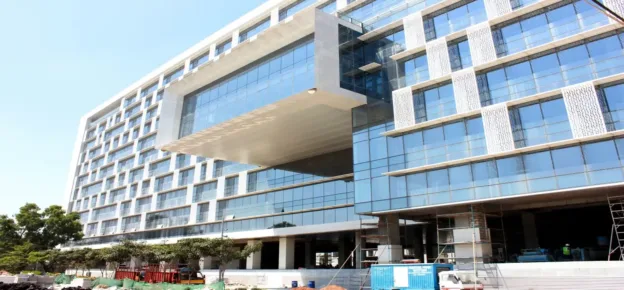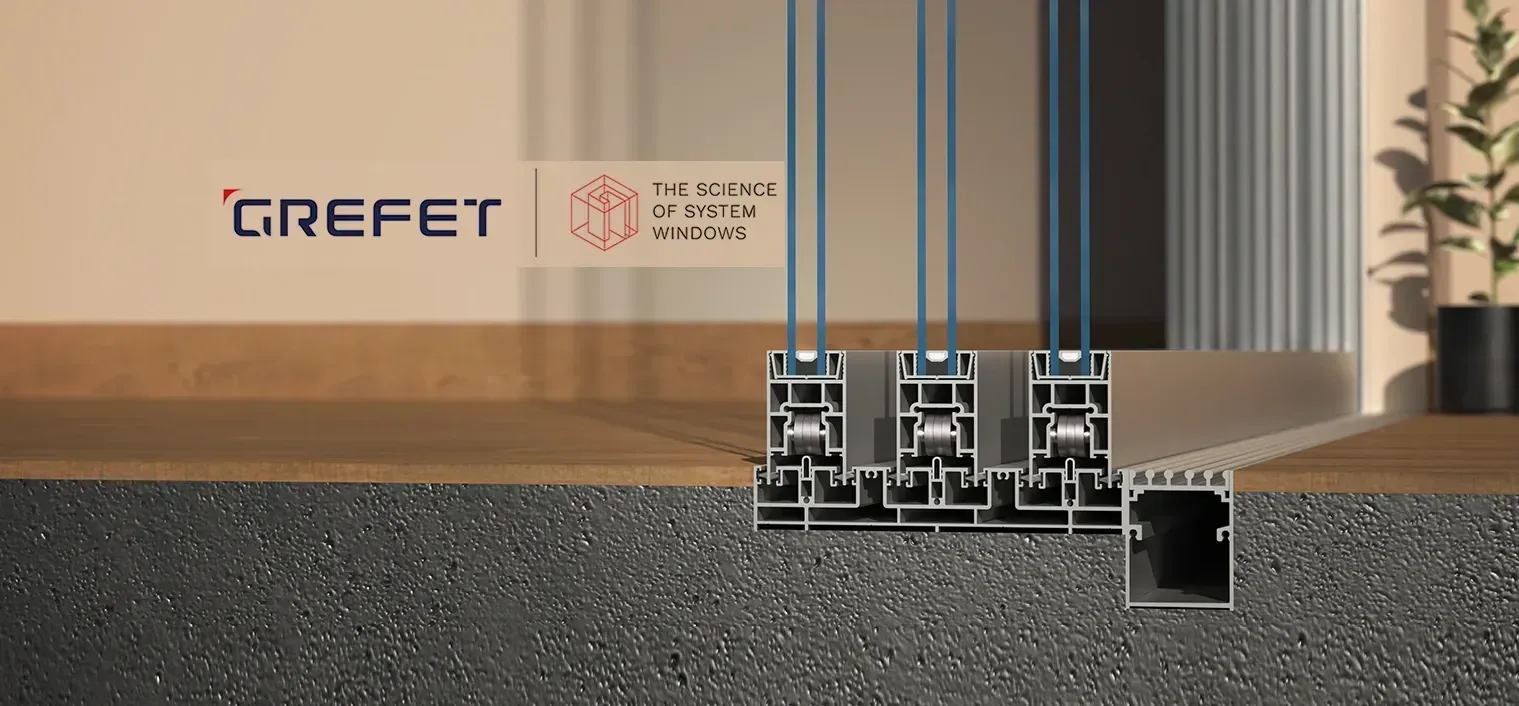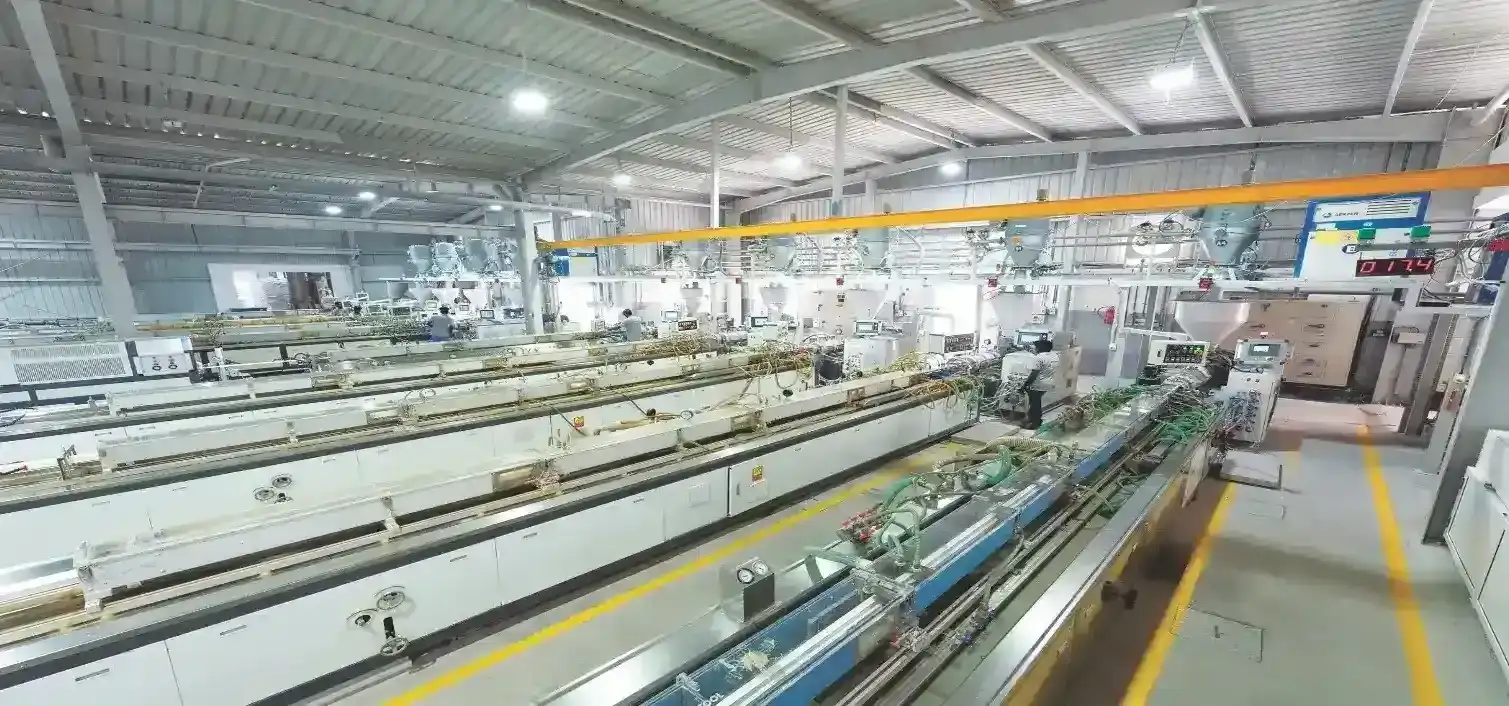Façades are more than just a building’s skin; they are a critical line of defence against fire. Yet, as our skylines grow, so does the risk of overlooking their vital role in fire safety. The journey to safer, more resilient structures is fraught with common fire safety mistakes, from poor material choices to simple gaps in workmanship, which can turn a small error into a catastrophe. Consequently, stricter building codes are pushing the industry to evolve, demanding not just compliance but a fundamental shift towards accountability and innovation in material selection and design strategy.
This drive for safety requires us to scrutinise whether new façade materials are truly safe, looking past glossy marketing to focus on rigorous, system-level performance data. Ultimately, creating genuinely safe buildings relies on early collaboration between architects, engineers, and safety experts, ensuring safety is designed in from day one. By adopting smart façade design strategies for high-rises and learning the hard-won lessons from global fire incidents, we can pave he way for a future where innovations are driven by safety first. Crucially, even the best regulations fall short without a genuine need for awareness and training among every professional involved.
Common Fire Safety Mistakes In Façade Design
Fire safety in façades is often overlooked, leading to serious risks. From poor material selection to gaps in compliance, even small errors can escalate quickly. Addressing these issues early ensures safer, more resilient buildings.

One of the most concerning issues is the tendency to ignore combustible façades on existing buildings, Faimeen Shah, Managing Director, Vortex Fire, notes, adding that stakeholders often would rather avoid discovering a potential fire life safety risk than undertake a comprehensive evaluation. Other mistakes he observes include relying on unapproved systems and the use of unskilled and untrained labour during installation. Above all, he says, there is a recurring failure to engage competent, qualified, and licensed fire safety engineers at the design and installation stages.

One of the most common mistakes is treating façades as purely architectural features, without giving equal importance to their fire performance, Syed Hammad Rizvi, Principal Fire Consultant, Egis, points out. He adds that material selection often overlooks combustibility and the overall behaviour of the entire assembly in a real fire scenario. Another critical gap, he highlights, is the lack of early involvement of façade firestopping material suppliers, leading to compromises. He also mentions not following the listed or tested systems and poor detailing at slab edges as issues that can severely undermine safety.

The most common mistake, Vinay V. Deshpande, Founder & Managing Director, Vitruvius Fire Safety Consulting Fz-LLC, comments, is treating façades purely as aesthetic skins rather than integral parts of a building’s fire safety strategy. This leads to combustible cladding choices, poorly executed edge-of-slab details, a lack of continuous fire stopping, and inconsistent workmanship. Deshpande warns that even small discontinuities—like gaps around service penetrations—can act as ‘hidden highways’ for flames and smoke to spread unchecked.

Alessandro Massarotto, Founder & Director, Frame Projects, observes that a common mistake is treating fire safety as an afterthought instead of an integral part of façade design. He notes that critical detailing, such as cavity barriers and junction treatments, is often overlooked. He also states that people sometimes assume compliance with codes automatically means safety, but small oversights-like leaving gaps, can significantly compromise fire performance.

Fernando Morante, Technical Design Director Specialism, Egis, simply says that often engineering details are not followed during construction, citing poor workmanship or poor-quality assurance/quality control (QAQC) as the cause.
The Impact Of Stricter Building Codes On Façade Material Selection And Design
Building codes are evolving with greater stringency, pushing the industry to rethink how façades are designed and the materials selected. These changes are not just about compliance but about creating safer, more resilient, and future-ready buildings.
Shah notes that the codes themselves are not necessarily becoming stricter, as many requirements have been in place for some time. What has improved significantly, he says, is the understanding and enforcement of these codes by authorities. Shah believes this has elevated the responsibility of façade designers, who must now look beyond aesthetics to ensure compliance and take ownership of selecting systems that balance design ambition with fire life safety.
Rizvi confirms that stricter building codes are directly changing the way façades are designed, requiring design teams to start with fire performance. He points out that codes now mandate the use of non-combustible or limited-combustible materials. He notes that testing standards have become tougher, pushing for full wall assembly tests (such as NFPA 285 or BS 8414), which forces the early integration of tested systems and closer collaboration across disciplines.
The evolution of building codes, particularly in the UAE and across the GCC, has transformed facade design, Deshpande comments. He highlights that the requirement for full-scale system tests, non-combustible cladding, and compliance documentation has moved the industry towards better practices. Deshpande says that designers now consider fire safety earlier in the design cycle, concluding that stricter codes are not barriers, but catalysts for innovation and accountability.
Massarotto agrees that stricter codes are pushing the industry towards greater accountability and innovation. He observes that designers are becoming more conscious of exceeding minimum requirements for long-term safety. He adds that materials are being scrutinised more rigorously, which is encouraging the use of non-combustible and high-performance materials and raising the bar for safer façades overall.
Morante simply states the influence is “in a very good way,” making things more and more safe for the end user.
Are New Façade Materials Really Safe?

With the rapid emergence of innovative materials and technologies, distinguishing genuine safety from clever marketing has never been more crucial. Understanding the real risks behind façade choices ensures buildings are both secure and future-ready.
The first step is to look past marketing claims and focus on objective technical evidence, Shah says. He insists that a thorough review of fire test reports, classifications, and technical specifications is essential, as promotional jargon is no substitute for rigorous fire performance data. Shah then compares the results against the prescriptive requirements of the relevant codes, considering the practical risks and the way the material will be applied on site.
Rizvi’s first step is also to look for evidence, which means compliance with internationally recognised tests such as ASTM E136, NFPA 285, or BS 8414, supported by accredited lab certificates. He says a product showing only surface flame spread data is not enough, as it must be tested under real fire exposure. Rizvi evaluates how the material performs within a system, not in isolation, and says he prefers materials already approved by the local Civil Defence or Authority Having Jurisdiction.
The evaluation process must go beyond marketing, Deshpande notes. He looks for full-scale test reports from accredited labs, not just small-scale material certificates, and alignment with international codes. Deshpande stresses the need for System-level compliance rather than component-level compliance, warning that even non-combustible panels can fail if combined with combustible adhesives or insulation.
Massarotto insists that independent testing and certification are non-negotiable. He always looks for third-party test results and, most importantly, system-level testing. Massarotto also values the track record of the material in actual projects and suggests that speaking to fire consultants helps separate genuine safety from clever branding.
Morante says he first requests all needed tests as per different standards and Civil Defence requirements, and then uses the materials in possible studies or tries to visit sites where the material has already been used.
Early Collaboration For Safer, Smarter Façades
In complex construction projects, seamless collaboration from the outset is essential. When architects, façade consultants, and fire safety experts align their expertise early, it minimises costly revisions, ensures safety, and delivers a building that performs efficiently and aesthetically.
Shah stresses that true collaboration begins by ensuring no façade materials are procured or installations commenced before the fire safety evaluation and approval process is complete. He notes that procurement often gets ahead of design approvals. Shah argues that experts must engage as a team from the early concept stage, ensuring compliance is built into the design rather than retrofitted.
Rizvi agrees that collaboration from day one is essential to avoid costly and unsafe compromises. He says the most effective approach is to establish a multi-disciplinary team at the concept stage to choose tested and listed systems early. Rizvi adds that collaboration must continue into construction and site supervision to ensure installation follows the tested configuration, as failures often occur because site execution deviates from approved details.
Deshpande views façade fire safety as “inherently multidisciplinary,” requiring alignment right from concept design. He warns that when collaboration is late, fire safety often becomes a “value engineering” casualty.
Deshpande recommends integrated design workshops early in the project, where fire safety goals are defined and agreed upon as non-negotiable.
Massarotto defines true collaboration as bringing all stakeholders to the table early. He says that if experts align during concept design, critical decisions are addressed before drawings are frozen. Massarotto notes that regular workshops and shared responsibility create a culture where fire safety is seen as a design driver.
Morante simply agrees that the façade consultant and safety expert should be involved in the concept stage, and the architect should listen to specialists in the field.
Façade Design Strategies To Prevent Fire Spread In High-Rise Buildings
High-rise buildings face unique fire safety challenges, as flames can travel swiftly along façades. Thoughtful design, careful material selection, and precise detailing play a crucial role in slowing or halting this spread, safeguarding both occupants and the structure itself.
Shah states that the most effective measure is ensuring the correct façade materials and assemblies are specified and installed in the first place. Beyond this, detailing strategies such as horizontal spandrels or balconies can act as effective barriers against vertical fire propagation. Shah mentions that for existing buildings, retrofitted solutions like external sprinklers may provide interim protection, but recladding remains the more reliable solution.
Rizvi notes that the key is to use certified materials and ensure the project matches the tested assembly. For cladding, he recommends using non-combustible materials and installing properly detailed cavity barriers. For curtain wall systems, Rizvi highlights that voids between the floor slab and curtain wall should be sealed with an approved perimeter fire containment system, and spandrels also act as a shield.
Deshpande lists effective strategies, including compartmentation at floor slabs using fire-rated spandrel panels and robust perimeter fire stopping, as well as cavity barriers (both horizontal and vertical). Deshpande concludes that a façade’s safety depends not only on the product specification but in how it is detailed and installed on site.
Massarotto believes that the detailing makes all the difference. Key strategies he mentions include using non-combustible materials, introducing horizontal and vertical fire breaks, and carefully designing window-wall interfaces. He also stresses that proper sealing of gaps, controlling cavities, and ensuring compartmentation between floors are critical.
Morante’s strategy is to use proper materials, install all fire protections as requested by specialists, provide a certified installer, and run a proper QAQC system.
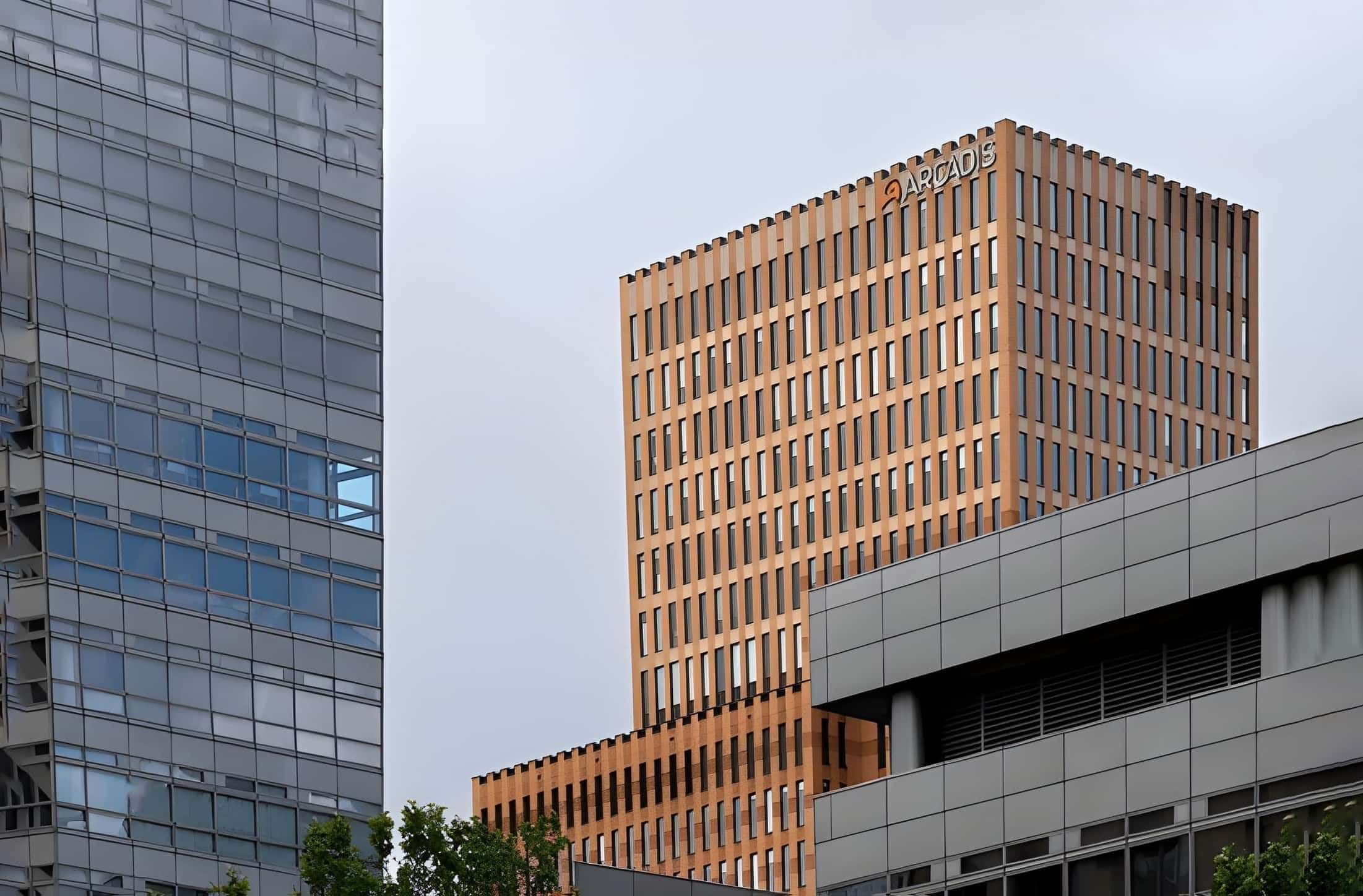
Lessons From Global Façade Fire Incidents: What Has The Industry Truly Learned?
While designs may promise performance on paper, real-life fire accidents reveal the true resilience of façades. Each incident brings invaluable lessons, prompting the industry to re-examine materials, codes, and practices with greater urgency and responsibility.
Shah calls the number of existing buildings that continue to carry combustible façades the “most sobering lesson”. While loss of life has often been limited, Shah points out that the property and business continuity losses have been severe. He argues the industry must prioritise regular fire audits and ensure that active and passive systems are functioning, adding that routine emergency drills are vital.
Rizvi states that the biggest lesson is that compartmentation must extend to the exterior façade. The use of combustible cladding materials was shown to pose an unacceptable risk, which drove the global shift toward non-combustible alternatives. Rizvi reiterates that reliance on individual component test data is insufficient, which led to the adoption of large-scale system tests. He notes that failures also exposed gaps in accountability, leading to stricter requirements for third-party inspections.
Deshpande says that events like the Grenfell Tower fire exposed systemic failures: combustible façades, inadequate regulatory oversight, and weak maintenance regimes. The key lessons, he notes, are that fire safety must be addressed at the system level, retrofitting unsafe façades is urgent, and maintenance and inspections cannot be neglected.
Massarotto comments that incidents have shown that even small oversights can escalate into catastrophic failures. A big lesson, he says, is that material ratings alone are not enough; the industry must evaluate how entire systems behave under fire. Massarotto adds that maintenance and retrofitting play a huge role, as older buildings often require upgrades.
Morante observes that most fires occurred in buildings constructed under “previous rules and standards,” and current standards should avoid this type of incident. However, he suggests new rules should be created to regulate all work and changes happening on a façade after the handing over, arguing that a façade does not burn by itself, but due to uncontrolled post-handover changes.
Future Innovations In Façade Systems And Materials For Advancing Fire Safety
As buildings grow taller and designs become more ambitious, the role of façades in fire safety is gaining critical importance. Looking ahead, innovative systems and materials promise to reshape how we protect lives while achieving architectural excellence.
Shah views new developments more as new challenges on the horizon. He cites Building-Integrated Photovoltaics (BIPV) as an example, noting that many such systems have yet to undergo adequate fire testing. While firefighting technologies are evolving, Shah firmly believes the emphasis should remain on prevention: selecting and installing compliant, non-combustible façade systems in the first place.
Rizvi is excited about the growing use of non-combustible cladding materials, such as mineral-based panels and advanced ceramics. He also sees modular façade construction as a key innovation, as prefabricated units reduce installation errors. Rizvi notes the huge potential of AI tools for façade design to help engineers make safer choices.
Deshpande lists promising innovations, including non-combustible composite cladding systems and fire-rated glass façades. He also highlights advanced insulations like aerogel and smart façades with embedded sensors to detect hotspots.
Massarotto is excited by the development of advanced non-combustible composites and smart materials. He also finds digital tools for fire modelling and prefabricated façade systems with built-in fire stops to be promising trends.
Morante expresses interest in composite materials and the evolution of UHPC Terracotta, noting that terracotta is a product fired at high temperature and is very good for protecting against fire propagation.
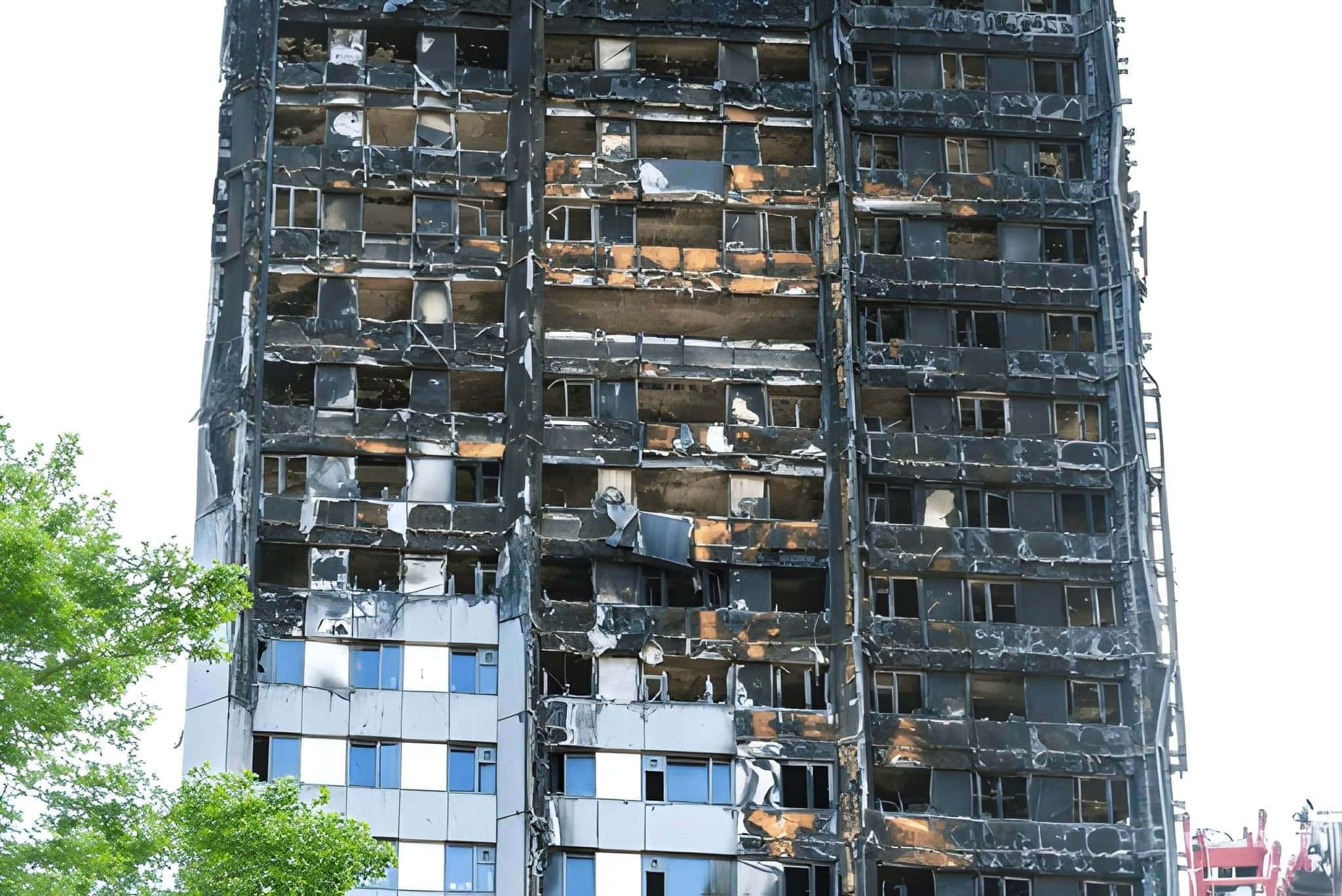
The Need For Awareness And Training In Façade Fire Safety Beyond Building Codes
While building codes are becoming increasingly stringent, the question remains whether regulations alone are enough. Raising awareness and providing dedicated training for professionals could ensure that façade fire safety goes beyond compliance, fostering a culture of responsibility and prevention.
Shah notes that awareness and training certainly play a role, but it is equally important that professionals should only practice within their specific areas of expertise. Those without the necessary background, he says, should seek peer support from qualified and licensed experts. Shah concludes that while codes provide the framework, ongoing professional development, awareness campaigns, and knowledge-sharing are essential.
Rizvi states that codes provide the foundation, but are not enough, as many fire incidents show that failures occurred because people did not fully understand how to apply them in practice. He says awareness campaigns and regular training are essential to bridge this gap, as professionals need a deeper understanding of how façades behave in fire. Rizvi concludes that expanding such initiatives would create a stronger safety culture.
Deshpande agrees, saying that codes and standards alone cannot guarantee fire safety because the human factor remains the weakest link. He urges the need for continuous training for architects, engineers, contractors, and inspectors. Deshpande stresses that contractors and facility managers must understand the importance of details and maintenance.
Massarotto believes absolutely more training is needed, stating that codes set the baseline, but awareness and education create a culture of responsibility. He notes that more training and forums can bridge the gap where professionals still see fire safety as a compliance exercise. Massarotto adds that awareness campaigns help clients understand why safety measures are necessary.
Morante strongly recommends that the training be extended to the people installing the façades on site, with very clear explanations on the consequences of bad workmanship. He notes that safety is for all parties, not just designers and engineers.
Conclusion
Ultimately, the journey to safer façades is not just about meeting minimum legal requirements; it’s about fostering a culture of uncompromising responsibility. The insights from our industry experts underscore a crucial truth: failures often stem from simple oversights—be it poor material choices, inadequate detailing, or a lack of early collaboration.
While stricter codes and innovative materials provide the framework for safer buildings, they are only as effective as the human expertise behind them. By learning the sobering lessons from global fire incidents and committing to continuous awareness and training, the industry can ensure that fire safety is treated as an integrated design priority, not an afterthought. Moving forward, the goal must be to build structures that are not only architecturally stunning but are fundamentally and reliably safe for all who live and work within them.
